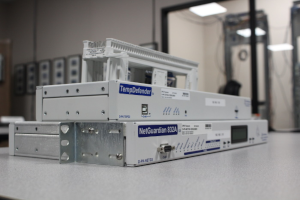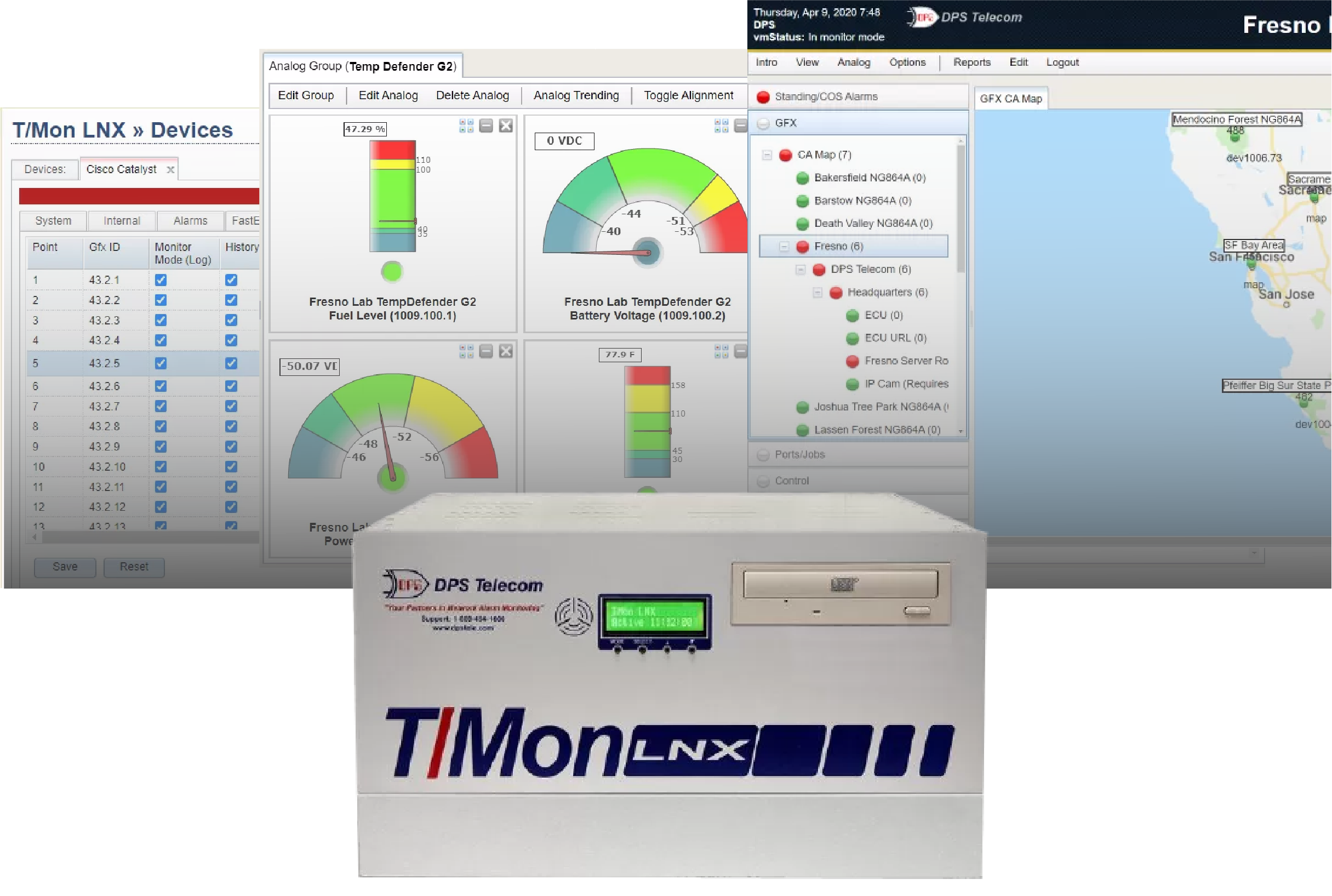Check out our White Paper Series!
A complete library of helpful advice and survival guides for every aspect of system monitoring and control.
1-800-693-0351
Have a specific question? Ask our team of expert engineers and get a specific answer!
Sign up for the next DPS Factory Training!

Whether you're new to our equipment or you've used it for years, DPS factory training is the best way to get more from your monitoring.
Reserve Your Seat TodayIf you're running an operation, you can't afford to waste time chasing phantom errors. So why is your SCADA system logging failure events-even when nothing is actually wrong?

False SCADA failure logs are more than an annoyance. They drain resources, create alarm fatigue for your team, and can disrupt your real maintenance workflow. If you're tired of seeing failure alerts that turn out to be non-issues, keep reading.
In this article, I'll explain why these phantom failures happen, how they impact your operations, and what you can do to stop them.
There are several reasons your SCADA might report a failure when all equipment seems fine. Let's take a look at the most common culprits:
SCADA systems rely on sensors to detect changes and trigger alarms. But if a sensor malfunctions-perhaps due to electrical noise, interference, or a minor hardware fault-it can send incorrect data to your system. That leads to alarm logs for failures that don't actually exist.
In many setups, SCADA data flows over serial or IP-based communication lines. If data packets get lost or corrupted, your system could misinterpret that incomplete data as a failure event. Especially in older or overloaded networks, this can be a frequent cause of false logs.
Alarm threshold are designed to trigger notifications when readings go out of spec. If those thresholds are too narrow, even minor voltage dips or momentary blips can trip a critical alarm. What should be a quick fluctuation is now a logged "failure."
Sometimes, your SCADA software just isn't set up correctly. A misconfigured alarm point or a quirky software bug can label normal operations as critical faults. If you've never revisited your SCADA configuration, it might be time for a review.
Power instability is another common source of false logs. A brief dip in voltage or a UPS (Uninterruptible Power Supply) glitch might cause your SCADA to briefly lose connection or misread data, prompting it to log a failure event that never truly happened.
At first glance, phantom SCADA failures look like a mere annoyance. But they have real effects on your bottom line and your team's efficiency:
A single false alarm might not upend your operation, but repeated phantom logs create a ripple effect that undermines system reliability. Let's prevent that from happening.
If your standard fixes don't stop those false alarms, you'll need a deeper dive into your SCADA data and hardware.
Look for patterns. Do failures pop up at the same time of day, during certain weather conditions, or only on specific equipment? What do these false reports have in common?
Sensors can degrade over time or suffer damage. Testing sensors in a controlled environment-or replacing them-may be the best way to confirm (or rule out) sensor faults.
To be absolutely sure your thresholds are set correctly, simulate an actual failure in a safe, controlled test. If your system logs a real failure when it should-or if it doesn't-the results will show what your next steps should be.
Sometimes, only a deep audit of your hardware, software, and network will reveal the source of false logs-especially if there's a hidden software bug or protocol conflict. This is where SCADA-focused engineers can save you time, money, and headaches.
A structured approach to troubleshooting ensures you fix the real problem and get back to smooth operations as fast as possible.
Now that we know what causes phantom SCADA events-and how much trouble they can create-let's walk through the best ways to prevent them.
Loose or damaged connections can send fluctuating signals. Periodically inspect your sensors, tighten any loose wiring, and recalibrate to ensure accuracy. Regular testing should be part of your maintenance workflow.
Data corruption or lost packets often masquerade as equipment failures. Make it part of your routine to review network logs and fix or replace unreliable links. Reliable communications is key to any monitoring system.
Setting thresholds too tight is a recipe for repeated false alarms. Establish realistic ranges based on historical data and real-world operating conditions.
In the past clients have experienced nuisance alarms from overlooked environmental factors. A real one I've seen is passing trains causing doors to shake. Knowing your site and what in the area might effect it are essential to setting useful thresholds.
Look for available patches, especially if your SCADA is older or highly customized. Then double-check all of your alarm conditions against real-world performance.
Small power dips are easy to miss-but they can cause big problems for SCADA reliability. Regularly inspect your power supplies and UPS systems to avoid momentary blackouts.
In the evolving world of SCADA, new technologies are making it easier to weed out false alerts and streamline alarms.
If you're thinking about upgrading your SCADA in the near future, look for intelligent alarm filtering and anomaly detection to drastically cut down on time lost to false logs.
Phantom SCADA failure logs might seem minor, but you've seen how they can snowball into major inefficiencies. Fortunately, whether you're dealing with sensor malfunctions, network hiccups, or software misconfigurations, the fix is often straightforward once you know the root cause.
Start by reviewing your current system. Check configurations, thresholds, and hardware. Because false logs can come from so many parts of your network, a thorough look at all of its parts is necessary.
If the problem persists, consider working with SCADA experts who have the tools (and the know-how) to troubleshoot for you. False logs waste enough time as it is-don't waste more chasing them down.
By addressing the underlying causes of these phantom failures, you'll improve your system's reliability, cut down on wasted resources, and ensure that your SCADA logs mean something when they light up.
If you're still having trouble pinpointing the real cause of false SCADA failure events, we can help. Reach out to me and my team at 559-454-1600 or send an email to sales@dpstele.com.
We'll talk through your specific environment, review your alarm conditions, and help you build a SCADA monitoring strategy that delivers real (not phantom) insights.
Let's eliminate those false SCADA logs for good!

Andrew Erickson
Andrew Erickson is an Application Engineer at DPS Telecom, a manufacturer of semi-custom remote alarm monitoring systems based in Fresno, California. Andrew brings more than 18 years of experience building site monitoring solutions, developing intuitive user interfaces and documentation, and opt...